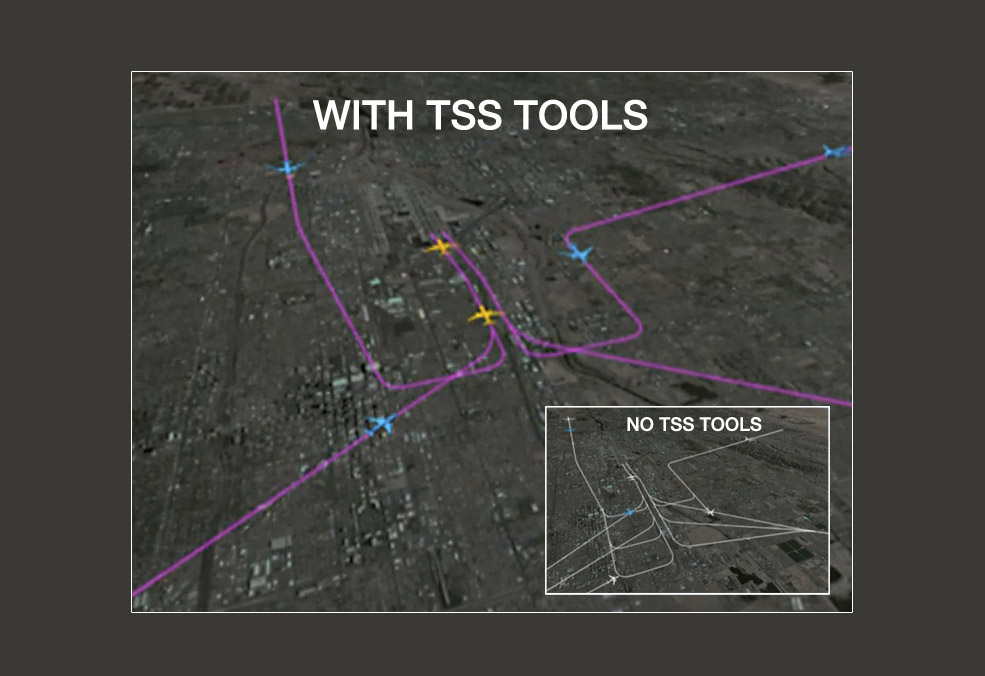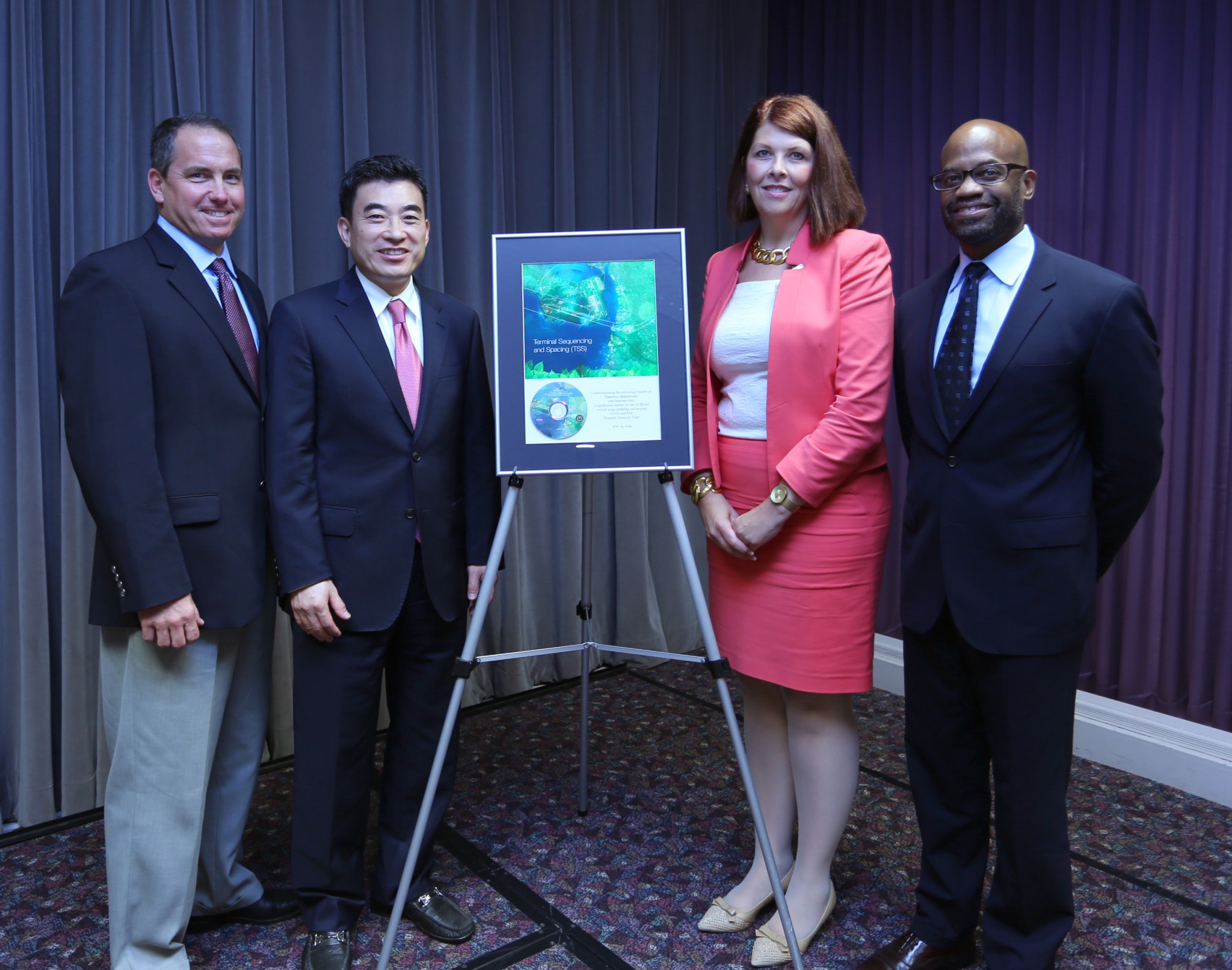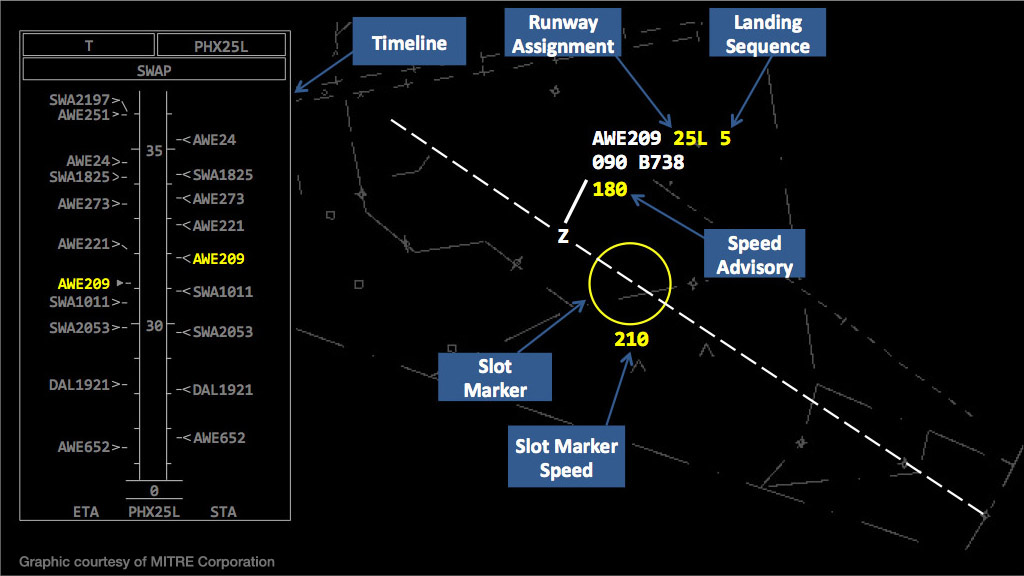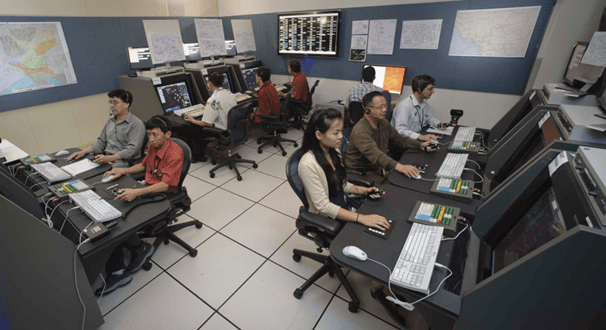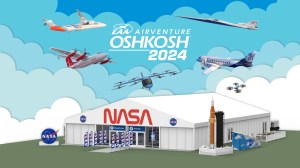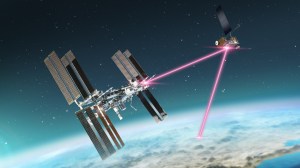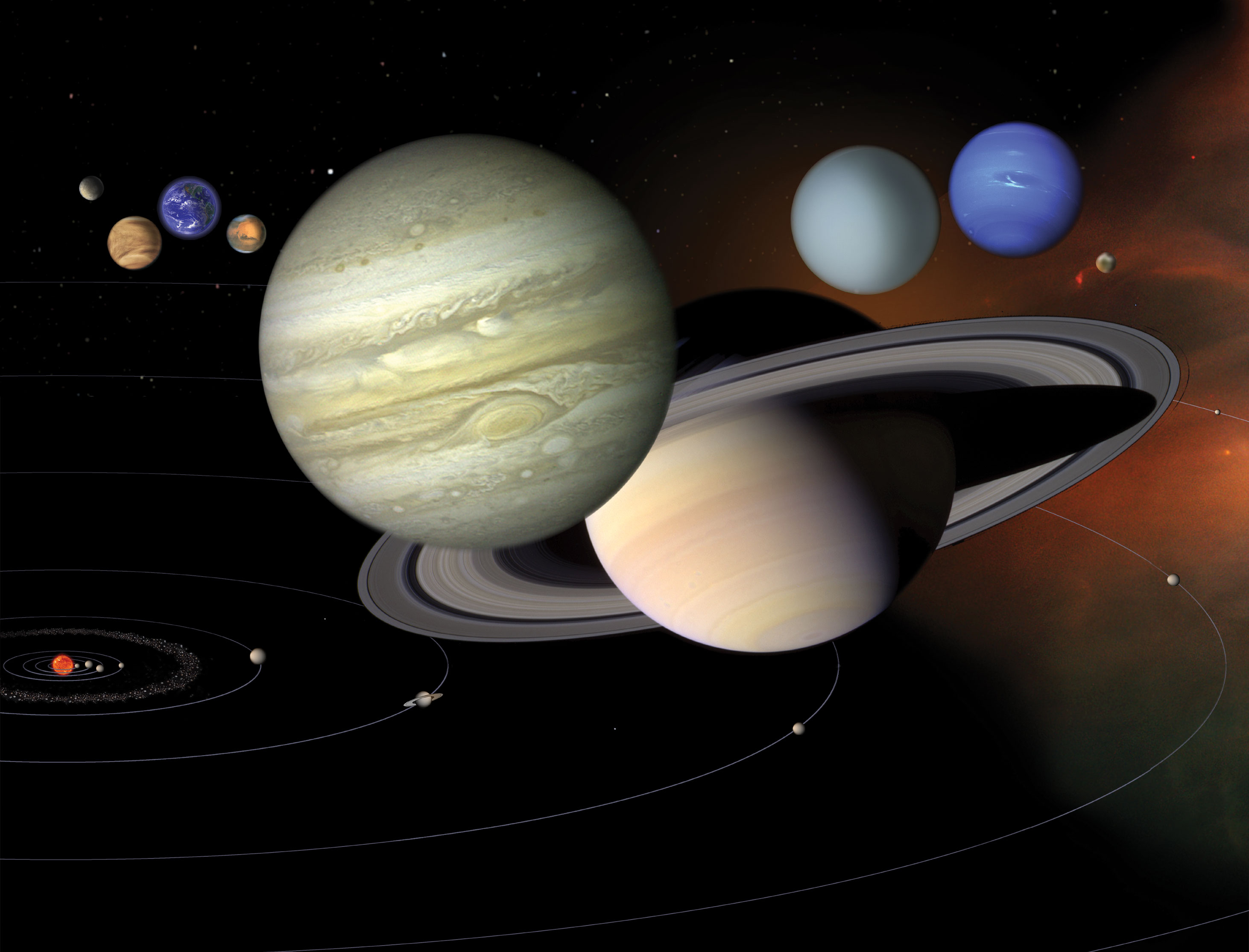From a lofty cruising altitude to a sweet runway touchdown, pilots know the most fuel-efficient way to approach an airport is to make a continuous descent all the way down to the ground.
But that’s not always possible as air traffic controllers labor to keep so many aircraft safely spaced apart, while also making sure everyone in the sky gets to their destination with minimum delay.
When aircraft have to level off from their descent at certain altitudes before continuing, or make extra turns to wait their turn at landing, those additional maneuvers burn extra fuel, increase emissions, and postpone arrivals – all costing time and money.
NASA’s aeronautical innovators have been working with the Federal Aviation Administration (FAA) to modernize and upgrade the entire air traffic control system so that continuous descent maneuvers become more possible, and more common. The initiative is called the Next Generation Air Transportation System, or NextGen.
The latest tool developed by NASA to help make NextGen a reality — TSS, short for Terminal Sequencing and Spacing –was delivered to the FAA on July 14 during a ceremony in the nation’s capital.
With TSS, NASA has turned over to the FAA another valuable tool that will soon benefit our environment and everyone who flies or relies on aviation one way or another

Jaiwon shin
NASA's Associate Administrator for Aeronautics
Full Speed Ahead
TSS is designed to aid controllers who work the part of the national airspace known as Terminal Radar Approach Control, or TRACON, which is a doughnut-shaped volume of sky that begins five miles from the airport and extends outward about another 35 miles.
What TSS does is to determine where each aircraft should be to maintain their fuel-efficient, continuous-descent approach and indicate to controllers what speed that aircraft should fly.
Controllers see the calculated speed on a computer screen and then pass appropriate directions – to speed up, slow down, or maintain current speed – along to the aircraft.
The goal is to use this kind of speed control to enable all of the continuously descending aircraft to safely merge together at a point in the sky where they can be handed off to an airport for their final approach and clearance to land.
“TSS gives controllers the strategic information they need so that downstream merge works out easier. That way the aircraft don’t have to be taken off their fuel-efficient routes,” said John Robinson, chief engineer for the TSS development at NASA’s Ames Research Center in California.
Robinson likens it to being in a car on a freeway and knowing that everyone wants to take the same exit ahead. If there is a traffic jam at the exit and you are still 35 miles away from it, TSS – in this example – might tell you to slow down to a certain speed so that by the time you get to the exit the way will be clear.
“You won’t reach the exit any sooner, but you will save some gas by driving a little slower and avoid the frustration of hurrying up and then waiting your turn in the traffic jam ahead,” Robinson said.
The difference, of course, is that since an airplane can’t just stop in the sky and wait its turn like a car on a freeway, it must level off and essentially fly longer distances until it gets clearance to proceed – consequently paying a penalty in fuel, emissions, and time.
“TSS helps us avoid that,” Robinson said.
The Way Ahead
TSS complements other tools developed by NASA already turned over to the FAA during the past 20 years that help better manage portions of the nation’s air traffic control system.
As with many of its predecessors, TSS will be further developed, tested and then certified for operational use by the FAA before the agency implements the tool in the field. NASA will continue to provide technical support to the FAA throughout that process.
But unlike previous computer software tools, TSS might be a little easier to get ready for prime time. The reason: TSS has more mature computer code, along with a larger number of highly realistic simulations under its belt involving controllers and pilots.
“We’ve gone far enough down the development pipeline that the FAA has a much better understanding of what needs to be done before they fully implement it,” Robinson said.
“We’ve done so much work to such high level, it’s amazing to consider how it turned out,” he added.
If all goes as planned, TSS could go into service at several TRACONs as soon as 2018.
Air traffic management software tools such as TSS are developed by NASA’s Airspace Systems Program, which is part of the agency’s Aeronautics Research Mission Directorate.


























